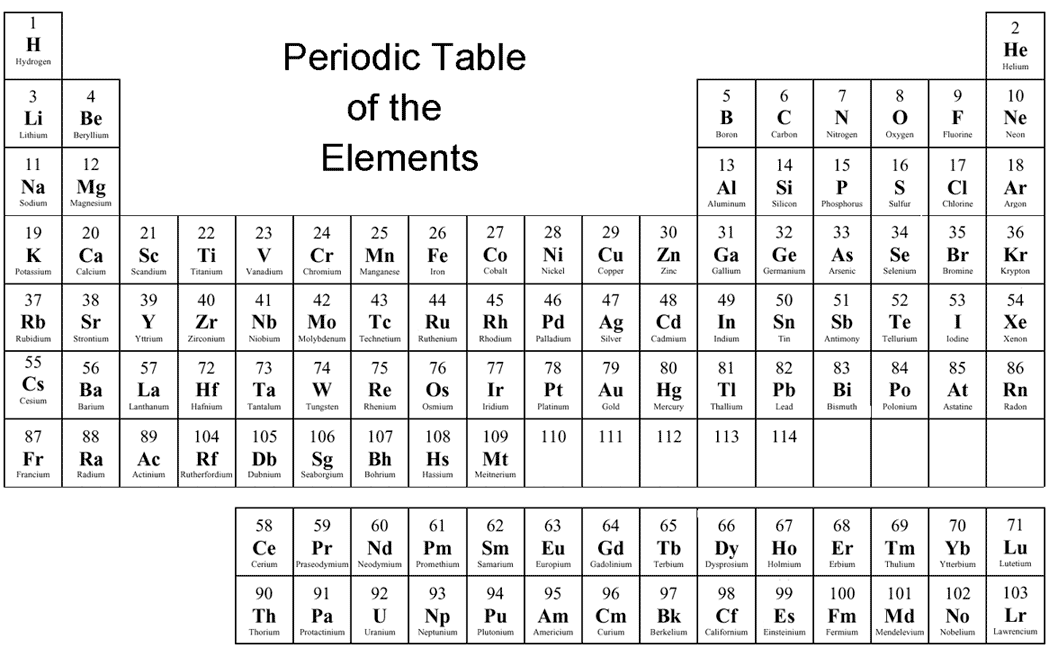

In the lower oxidation states the transition metals actually exist as simple ions. The table shows the most common oxidation states of transition metals in period 4: Variable Oxidation States The maximum oxidation state involves all 4s and all 3d electrons.Ĭommon Oxidation States of Transition Metals As 3d electrons can be lost as well, this leads to transition metals having a variety of oxidation states. The oxidation number is synonymous with the. The 4s subshell electrons are lost first when transition metal atoms react.Ī commonly occurring oxidation state is therefore +2. The oxidation state of an atom is the charge of this atom after ionic approximation of its heteronuclear bonds. The general approach is to assign oxidation numbers to each atom (remember. In a transition metal atom, once the 3d subshell is occupied with electrons, the electrons in the 4s subshell increases to a higher energy. Ill go through them here, but theyre recapped in the table below. Cation vs anion chart The main differences between cations and anions are summarized in the table below. chlorine (Cl) gains one electron to become Cl-, whilst oxygen (O) gains two electrons to become O2. One of the properties of transition metals is that they have variable oxidation states. The number of electrons gained, and so the charge of the ion, is indicated after the chemical symbol, e.g. Transition Metals - Variable Oxidation States (A-Level Chemistry) Variable Oxidation States in Transition Metals 3d and 4s sub-shells


 0 kommentar(er)
0 kommentar(er)
